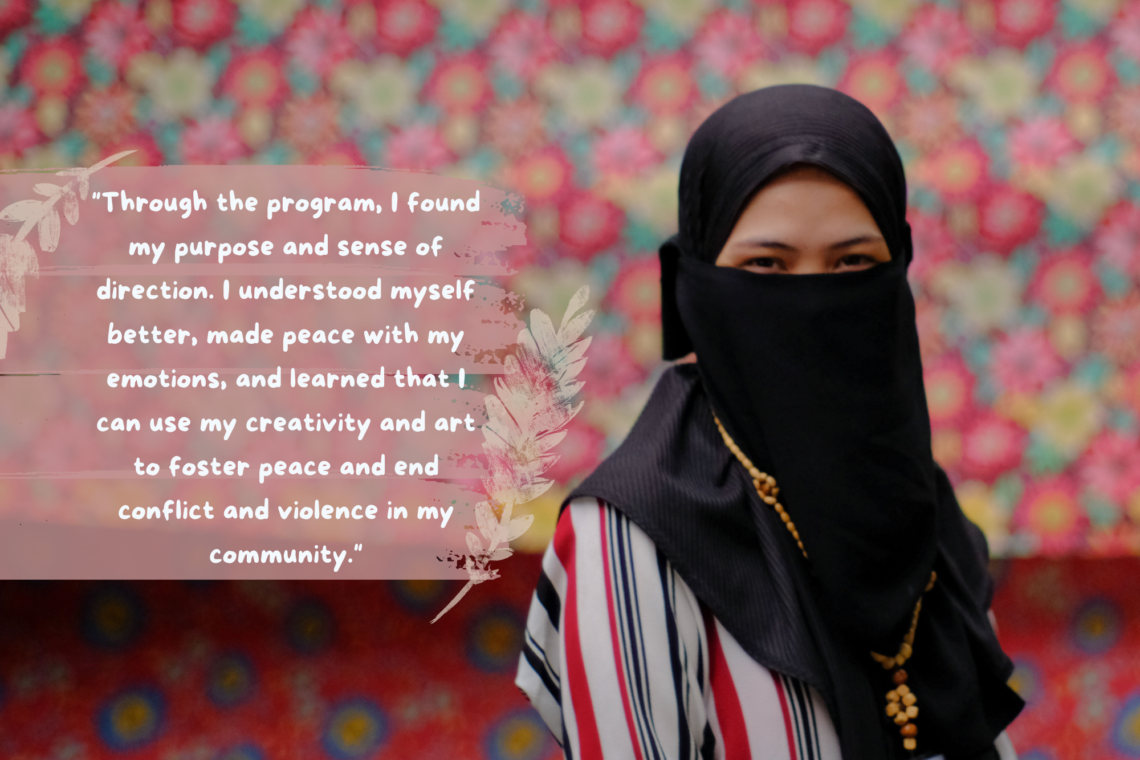Merhamah, also known to her friends as Mica, is a 21-year-old Niqabi Civil Engineering student from Mindanao State University and an artist. She was able to develop a strong and conscious modesty practice through her lifestyle, which made her a Niqabi. A niqab is a veil covering the hair and face except for the eyes.
Given that she is a young girl and lives in a non-Muslim community, making that choice would test her mental stamina. In her early years as Niqabi, she is ridiculed for how she prays and is underestimated for her abilities because they think she only knows her faith. At the height of the Marawi Siege in 2017, Mica and other niqabis in Lanao del Sur experienced stereotyping and discrimination just because of what they wore. They were being mocked as an extremist or terrorist for wearing black and a niqab and being mistreated based on safety. Niqabi can be mistaken for an attempt by extremists to conceal their identity. This can support the notion that the events during the siege spread fear throughout the neighborhood, particularly among Muslims. And war and conflict-related maltreatment call for a deep sense of peace and support among victims, children, and adults.
During the pandemic, when schools shifted online, she was surprised that she still experienced exclusion while being in a Muslim-majority university because of her niqab. While taking an online exam, her instructor required her to take off her niqab to prove that it was her taking it. She almost cried, explaining why she could not do it and providing other evidence to verify her identity. After that incident, Mica became aware of the possibility of religious prejudice, even in places where most people are Muslims.
“I can’t forget the feeling of being discriminated against, I was embarrassed, but I stood my ground. I respectfully refused my teacher’s request to remove my niqab. I explained that it is my right to practice my religion. I felt anxious but at the same time very liberated.”
Mica is also known for having a creative side. However, before participating in the Artist for Peace Mentoring Program, Mica’s idea of peace was only the absence of fear due to the violence brought about by her experience during the Marawi Siege. Her visual art is very personal to her. Still, during the program, she discovered how to find inspiration and use it to cultivate peaceful habits. During the mentoring program, she struggled to balance her studies and mourning her brother’s death. However, she learned that emotional struggle could inspire her works of art. She realized that when mindful of your thoughts and innermost feelings, you can express them through art.
The Artists for Peace Mentoring Program taught her how to effectively advocate for peace by using art as a medium. She also discovered how to nurture her inner peace by creating art pieces that speak peace. Whenever she feels stuck in the judgment of others based on how she looks, she learns how to deal with it by creating calligraphy art as a way of meditation. Creating art pieces like this is like freeing the negative thoughts all over her mind.
“Through the program, I found my purpose and sense of direction. I understood myself better, made peace with my emotions, and learned that I can use my creativity and art to foster peace and end conflict and violence in my community.”
Providing inclusive spaces and a place to create for youth like Mica is essential in building a harmonious and inclusive community. Their ideas can be directed toward fostering artistic expression in a local community context, directing their energies in creative rather than destructive directions. We need to harness their creativity and energy to help build peaceful environments. Therefore, we must make use of different mediums of art – from multicultural music, creative writing, visual arts, poetry, photography, film, and other forms of art, to promote peace, identity, unity, and the value of respect for human life.
Through her art, Mica envisions being a role model and inspiring young Muslims to be active members of the community. A person who expresses her frustrations and disappointments through non-violent means by using her brush, paints, and canvas. She’ll continue to create, in the hopes that her art may bring peace to others, whatever faith they may belong to.


